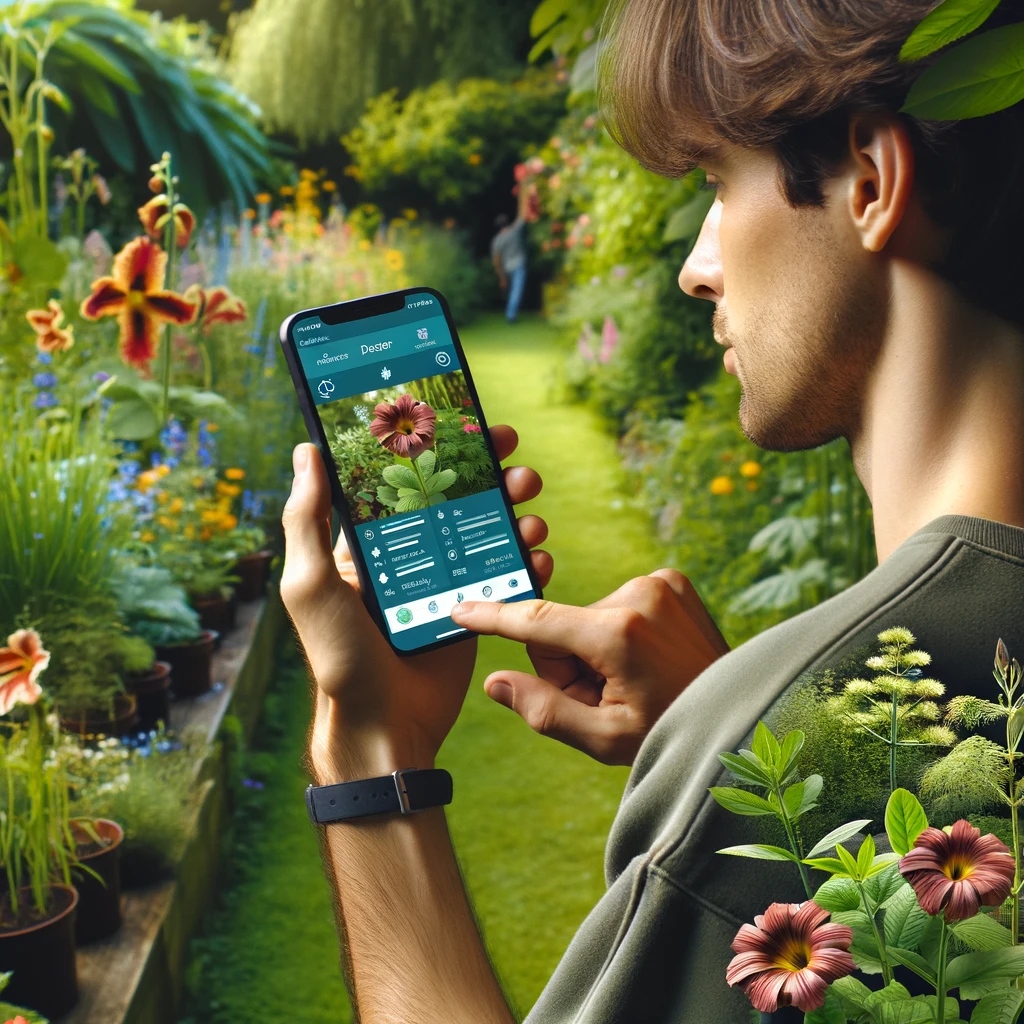Advertisements
Nature is full of diversity, with countless plant species that can be found all over the world.
Advertisements
If you are a gardening enthusiast, a nature lover or simply someone curious about the plants you encounter on your walks, there are apps that can help you identify these plants quickly and effectively.
In this article, we will introduce you to the four best apps for identifying plants and highlight their distinctive features.
Advertisements

1. PlantSnap
PlantSnap is known for its vast plant library and use of artificial intelligence and machine learning to improve identification accuracy. Additionally, it allows for community collaboration and works offline, making it a valuable tool for nature enthusiasts.
Download App Now: Android | iOS
Distinctive features of PlantSnap:
- Large-scale library: PlantSnap has one of the largest plant libraries in the world, with more than 600,000 cataloged species.
- Advanced Machine Learning: The app uses artificial intelligence and machine learning to improve its accuracy over time.
- User Community: Users can contribute photos and information about plants, helping to further improve the app's accuracy.
- Works offline: PlantSnap allows you to identify plants even without an internet connection, making it useful in remote areas.
2. iNaturalist
iNaturalist is a platform that combines collaborative identification of plants and other organisms with a focus on scientific data and conservation. It allows users to contribute to scientific research and monitor global biodiversity.
See too:
Download App Now: Android | iOS
Distinctive features of iNaturalist:
- Collaborative identification: iNaturalist allows users to upload photos of plants and other organisms, and the community helps with identification.
- Scientific data: Information collected on iNaturalist is used for scientific research and to monitor biodiversity around the world.
- Integration with other applications: You can import your iNaturalist observations into other identification apps, such as Seek by iNaturalist.
- Available on multiple platforms: iNaturalist is available for both Android and iOS devices.
3. Seek by iNaturalist
Seek is a beginner-friendly option designed to simplify plant identification and encourage exploration of nature. It offers rewards and achievements to promote learning and conservation.
Download App Now: Android | iOS
Distinctive features of Seek by iNaturalist:
- Easy to use: This app is designed to be simple and accessible, even for beginners.
- Rewards and achievements: Seek offers rewards and achievements to encourage users to explore and learn more about nature.
- Real-time identification: The app offers real-time identification as you point the camera at the plant, making it perfect for outdoor activities.
- Conservation incentive: Seek promotes conservation by encouraging users to learn about species and their impact on the ecosystem.
4. PlantNet
PlantNet stands out for its use of visual recognition, allowing users to identify plants based on photos of leaves, flowers, fruits and stems. Its extensive international library is powered by contributions from a global community of botanists and scientists.
Download App Now: Android | iOS
Distinctive features of PlantNet:
- Visual identification: PlantNet uses visual recognition to identify plants based on photos of leaves, flowers, fruits and stems.
- International library: The application has the contribution of an international community of botanists and scientists, making its library broad and diverse.
- Distribution map: PlantNet provides information about the geographic distribution of species, helping users understand where they can find certain plants.
- Constant learning: Just like PlantSnap, PlantNet improves its accuracy over time thanks to machine learning.
Conclusion
In conclusion, these four apps are excellent tools for identifying plants and exploring the biodiversity around you. They each have their own distinguishing characteristics, from the size of their library to the way they use technology to identify plants. Try several of them and find out which one best suits your needs and preferences. With these tools at your disposal, you will be better equipped to explore and understand the world of plants.
